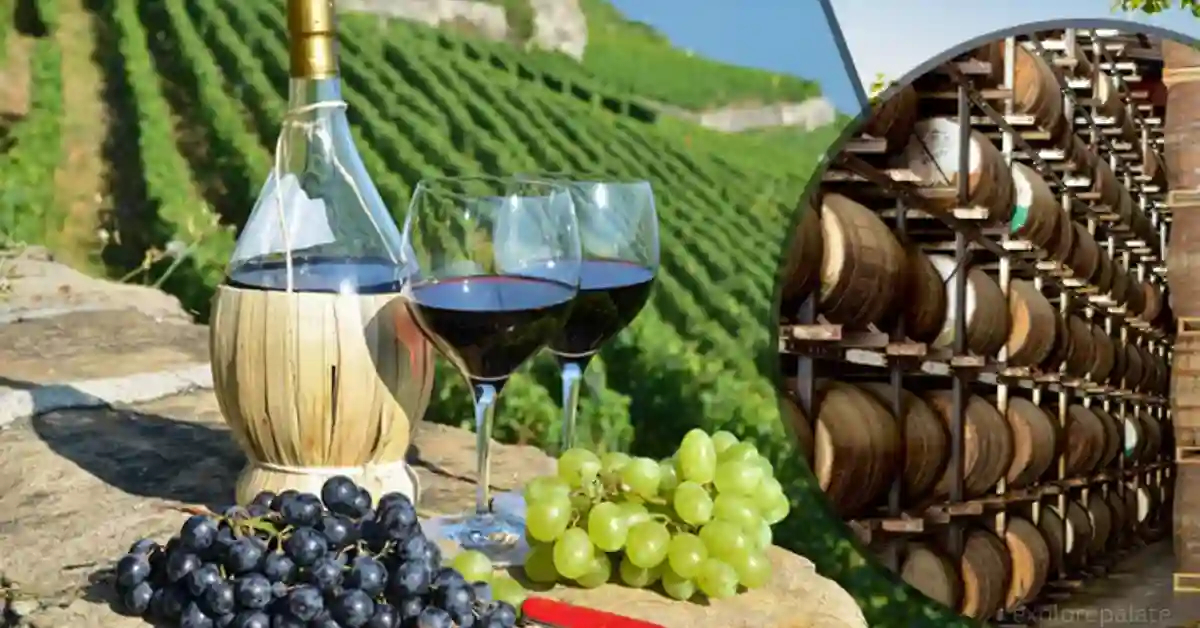Having visited several vineyards and wineries, I’ve come to appreciate the distinct roles they play in the making of wine. A winery is essentially a facility where grape shipments are received, and the crushing, fermentation of juice, aging, and bottling all happen before the final sale. In contrast, a vineyard is simply a plot of land dedicated to the growing of grapes.
Though some might use the terms interchangeably, they are quite different. While a winery focuses on the entire production process, a vineyard is more about the agricultural aspect, the field where the fresh grapes are nurtured, often for wine, but also for making raisins, table grapes, or even grape juice. It’s fascinating to witness the journey from grape to bottle, and each visit deepens my appreciation for the detailed steps involved.
What Is A Winery?
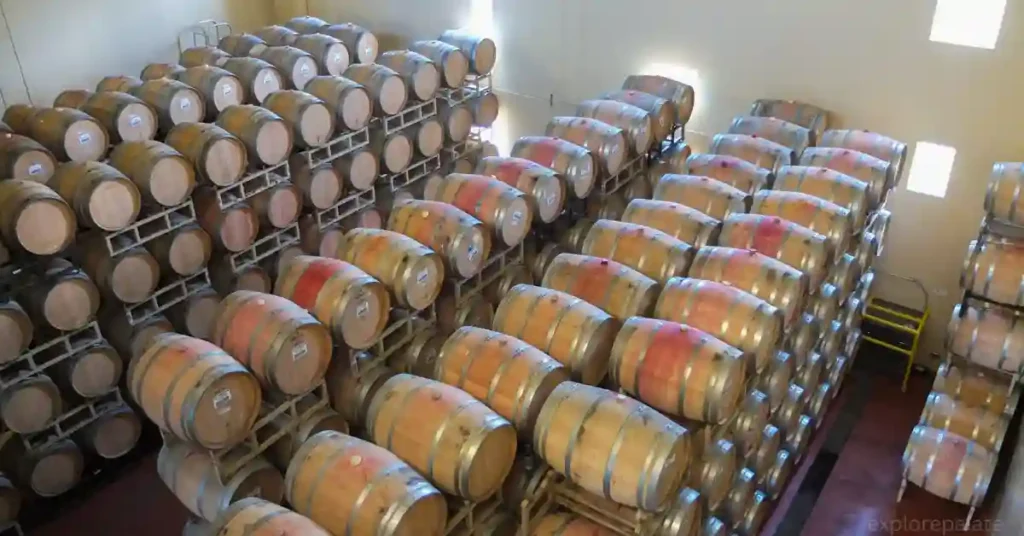
A winery is a licensed facility dedicated to the production of wine. It’s equipped with specialized equipment and laboratories designed for winemaking. During visits to wineries, you can often observe the winemaking process in action, where grapes are transformed into finished wines
From destemming and crushing the grapes to the critical fermentation stages, a winery is a bustling hub where the artistry and science of making wine converge. The winemaker and their team play essential roles here, ensuring that each step, such as blending and aging in barrels, produces wines of distinct quality and characteristics.
In terms of both size and function, wineries can vary greatly. Some have extensive properties with a cellar, laboratory, and processing facilities that can handle large batches of wine. Others may operate on a smaller scale, focusing on niche wines with unique characteristics.
The structure of a winery often dictates the type and amount of grapes they can source, whether from their own vineyards or via contract with local growers. Essential to every winery is a cohesive team of winemakers, led by the head winemaker.
The intricate steps of winemaking, fermentation, blending, aging are all meticulously overseen by these professionals, who leverage advanced techniques and technologies to ensure the highest quality.
Often, wineries also function as centers for wine education and appreciation, offering tasting rooms where visitors can enjoy the wines and learn about the nuanced process of winemaking. Through these diverse jobs and operations, a winery not only crafts bottles of wine but also fosters a deeper appreciation for the artistry behind every sip.
4 Types Of Wineries

1.Commercial Winery
I’ve always been fascinated by the business of winemaking. A Commercial Winery is distinct in how it produces wine explicitly for sale to consumers. Unlike smaller boutique operations, these large operations often extend beyond just wine. They also produce other alcoholic beverages, like brandy, and even fruit juices. It’s intriguing to see the extent to which these commercial establishments diversify and grow their brand.
2.Vineyard Winery
A vineyard grows the grapes used in winemaking, while a winery is where the wine is actually produced. Vineyards can supply grapes to multiple wineries. Wineries may source grapes from different vineyards to produce their wine.
3.Small Batch Winery
In my years of enjoying boutique wine, I’ve found that small batch winery experts focus on craft winemaking. These are typically produced in limited quantities, often using organic methods and unconventional ingredients. This process can significantly enhance both the flavor and aroma of the wine. The wines are carefully blended to create unique profiles, offering a rich, personal experience.
4.Urban Winery
Urban wineries are unique small operations located in inner-city areas. They often redevelop old industrial spaces, converting them into vibrant commercial and residential hubs. As an individual passionate about wine, I find these environments fascinating because they bring the vineyard experience closer to city dwellers. Urban wineries create a blend of traditional winemaking with modern, urban lifestyles, which sets them apart from conventional vineyards and rural wineries.
What Is A Vineyard?
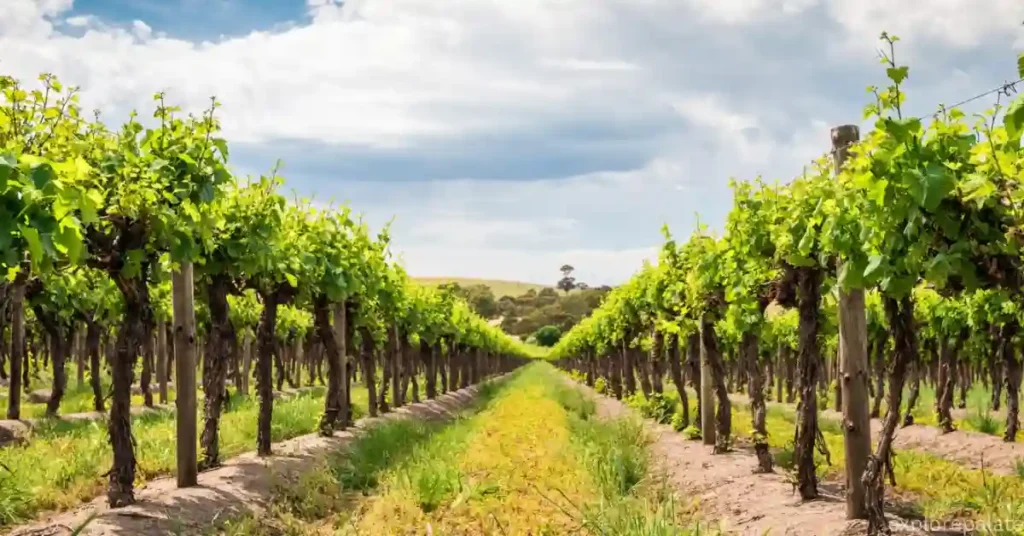
A vineyard is a meticulously cultivated plot of land where grapes are grown, setting the foundation for the winemaking process. This labor of love demands patience, precision, and practice, as every element from soil composition, climate, and topography to sunshine exposure shapes a wine’s identity. This concept known as terroir, a French term, encapsulates the various environmental factors that render a vineyard distinct.
The viticulturist and their crew masterfully choose the right grape varieties and determine the perfect timing for harvest, embracing the complex dance of nature and nurture. An understanding of these nuances fosters appreciation of the wine’s quality and essence, as without such dedicated endeavors, there would be no great wines.
Where Are Vineyards Located?
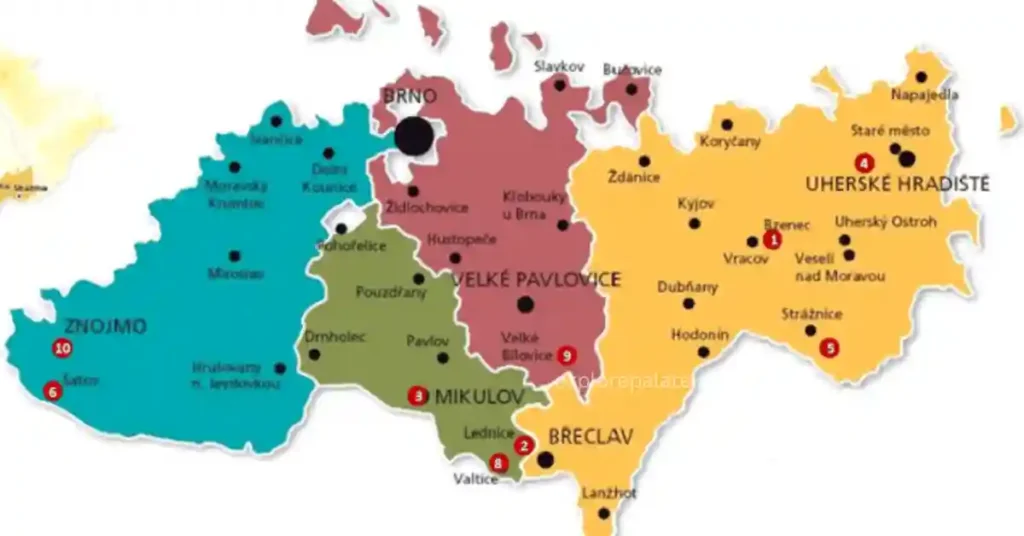
Vineyards are often nestled in picturesque, fertile locales where the climate and soil conditions are optimal for grapevine growth. These viticultural areas, from the Old World wine countries like France, Italy, and Greece to the New World regions in the United States, South Africa, and Brazil, showcase a remarkable diversity of wines produced.
The placement of a vineyard is a critical decision, with thoughtful consideration of the region’s terroir, which impacts the grape varietal selection and the style of wine. For instance, in warm climates like Napa Valley, California, Pinot Noir and Pinot Gris thrive, while cool climates such as Alto Adige, Italy, are ideal for certain other grape varieties.
Moderate climates with balanced sunshine and rainfall are essential for the growth cycle of grapevines, and varying soil types provide safeguards against harsh weather.
Success in the vineyard comes from thoughtful management strategies that adapt to the unique landscape of the wine world. With climate change and advances in viticulture and vinification, the boundaries are consistently being pushed, transforming regions once unsuitable for wine production into promising new frontiers.
What’s The Difference Between A Winery And A Vineyard?
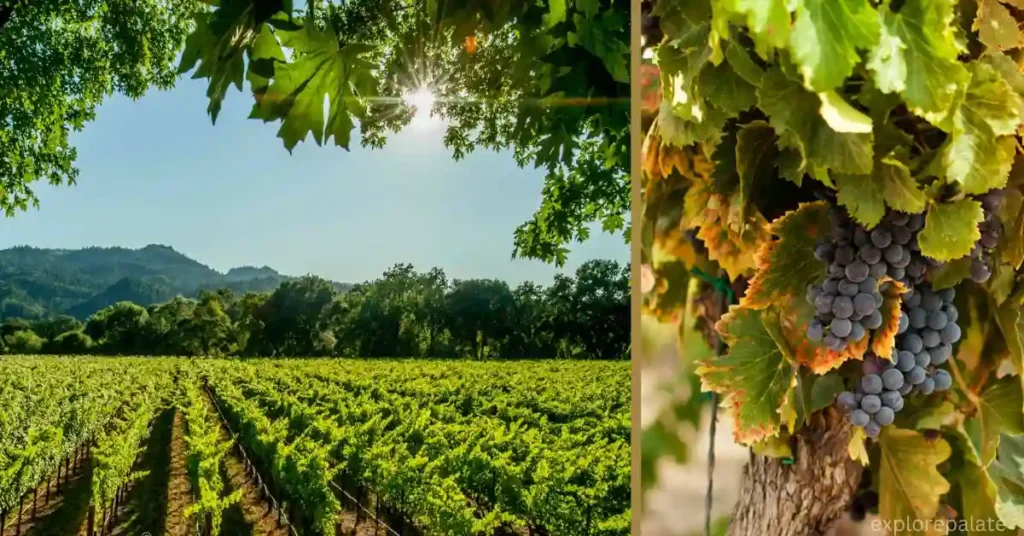
- Vineyard: A vineyard is a specific area of land where grapes are cultivated. It focuses on the growth and nurturing of grapevines, including tasks like pruning and managing diseases.
- Winery: A winery is a facility where the process of turning grapes into wine takes place. It involves fermentation, aging, and bottling the wine using specialized equipment and techniques.
- Vineyards: Vineyards can sell their harvested grapes to various wineries. This allows wineries to select grapes from different sources to create diverse wine products.
- Wineries: Wineries may source grapes from multiple vineyards. By doing so, they can blend different grape varietals to achieve unique flavors and characteristics in their wine products.
Conclusion
The distinction between a vineyard and a winery is foundational to understanding the wine production process. A vineyard refers to the dedicated land where grapes are meticulously grown and nurtured, influenced by environmental factors including soil, climate, and topography. In contrast, a winery is the facility where these grapes are transformed into wine through processes like fermentation, aging, and bottling.
While vineyards are the cradle of grape cultivation, wineries are the heart of wine creation, each playing a vital yet distinct role. This difference underscores the intricate journey from grape to bottle, highlighting the collaborative efforts needed to craft exceptional wines.
FAQs
Why is it called a vineyard and not wine yard?
Because grapes grow on vines and wine is made in the winery. Vineyards doesn’t make any sense.
What is the difference between a winery and a wine estate?
The winery and vineyards don’t have to be contiguous, but they have to be located in the same appellation. In the U.S., the “estate” term has been expanded to include not only vineyards owned by a wine label, but also ones that are managed or controlled by the winery, even if they’re actually owned by someone else.
What is the meaning of winery vineyard?
Word forms: plural vineyards. countable noun. A vineyard is an area of land where grapevines are grown in order to produce wine. You can also use vineyard to refer to the set of buildings in which the wine is produced.
What makes a winery?
A winery is a licensed property that produces wine. The term winery typically encompasses the property, winemaking equipment, warehouses, bottling facilities, etc., that are involved in the winemaking process. A winery does not have to be located on a vineyard or produce wine from grapes they grow themselves.
What is a person who owns a vineyard called?
If they make wine, they are a vintner. If they grow grapes to sell to someone else who makes wine from them, they are a vineyard owner, farmer, or provider of grapes.

